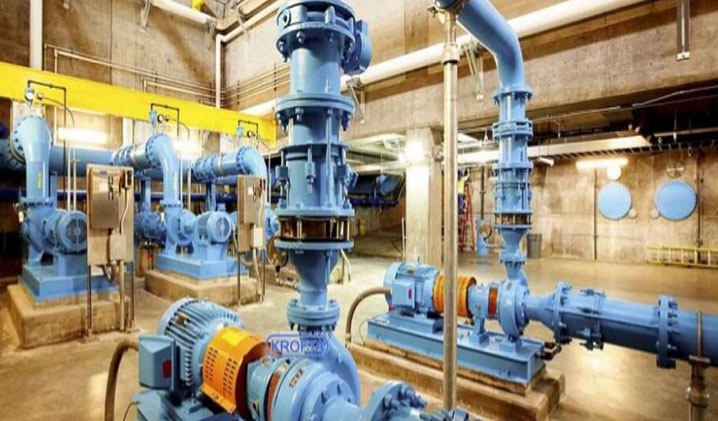- krofta@kroftaengineering.com
- Durga Bhavan A-68, FIEE Complex, Okhla Industrial Area Phase – II, N.D – 110 020
Dewatering Sludge

Dewatering Sludge
Sludge dewatering is the practice of minimizing waste by volume to prepare for its effective disposal. Dewatering the sludge with a dewatering filter press significantly reduces its weight and its volume before disposal. Digested sludge is put through large centrifuges that work in the same fashion as a washing machine spin cycle. The spinning centrifuge produces a force that separates the majority of the water from the sludge solid, creating a biosolid substance.
Wastewater treatment involves several key components: physical treatment (i.e. screening and filtering processes), biological treatment (i.e. oxidation ponds and lagoons), and chemicals. The chemicals required for water treatment must be used more aggressively and in larger quantities for wastewater than municipal drinking water. As such, safe, proper storage for wastewater treatment chemicals is critical.
There are five basic steps for the wastewater treatment process, each of which involves a set of common chemicals. The steps are as follows: removal of solid particles, neutralization, odor control, disinfection, and sludge treatment and removal. The following details sludge removal and the chemicals used in the process.


 Anita
Anita




